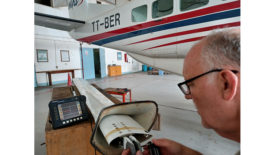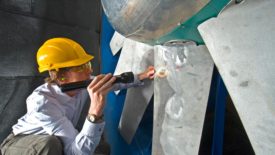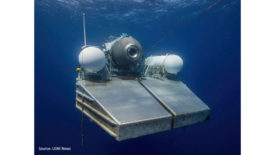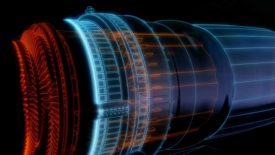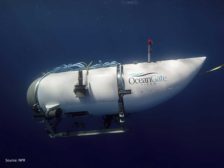NDT
NDT | Phased Array
Inspection reliability continues to improve thanks to the development of new imaging techniques like the total focusing method.
Read More
NDT | Flaw Detection
Flaws Come in Different Shapes and Sizes
The origin of a flaw can come from many different sources, and they can be anywhere within a part.
August 10, 2023
NDT | Trends
Taking Your NDT Certification to the Next Level
How a level II inspector can progress toward the goal of being a competent level III.
August 8, 2023
Aerospace | Back 2 Basics
How Eddy Current Array Takes Aerospace Inspection to New Heights
One of the great advantages of this technology is its capability to adapt to various materials and geometries.
July 18, 2023
Aerospace | AS9100
The Aerospace Quality Management System Rulebook – Time for a Change
Before starting the revision, the writing team asked what was good, what was not so good, and what needed changing.
July 17, 2023
Aerospace | Phased Array
Phased Array Ultrasonic Testing: A Tutorial
While PAUT is becoming a popular approach for nondestructive inspections, it is important that users understand this technology, its limitations and how it should be applied.
July 11, 2023
Quality Headline
Alleged Lack of NDT on Titan Submersible ‘Stuns’ Many in Industry
July 10, 2023
Aerospace | NDT in Aerospace
How Advancing CT Analysis Capabilities Support Collaboration and Product Quality
The looping of CT analysis via digital models can improve every aspect of the design-to-production cycle.
July 10, 2023
Stay in the know with Quality’s comprehensive coverage of
the manufacturing and metrology industries.
eNewsletter | Website | eMagazine
JOIN TODAY!Copyright ©2024. All Rights Reserved BNP Media.
Design, CMS, Hosting & Web Development :: ePublishing


